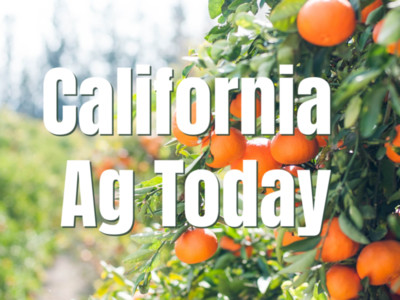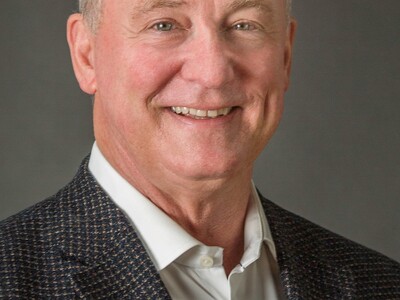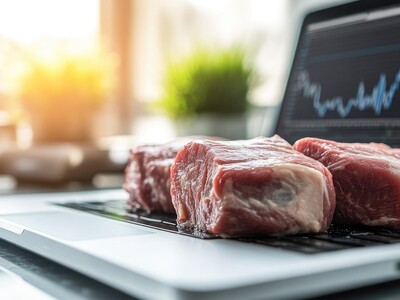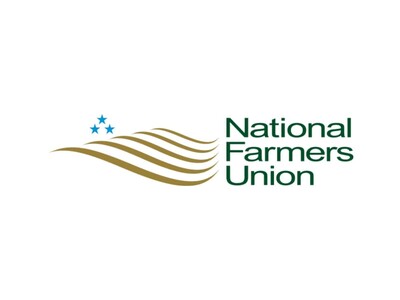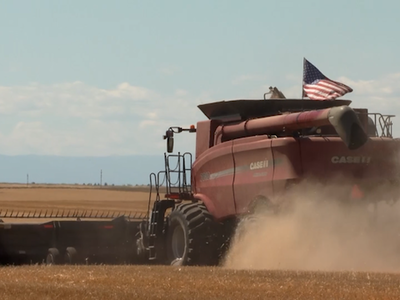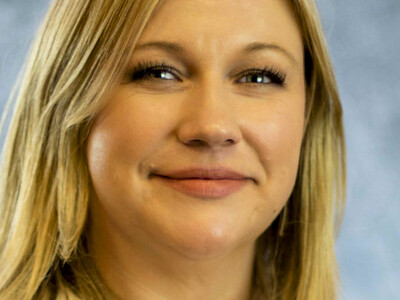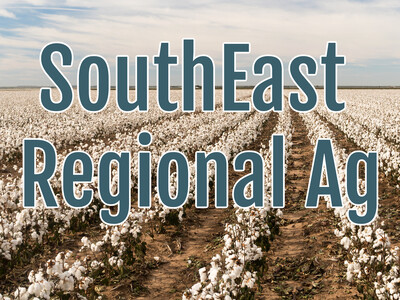Closing the Loop Between Food Waste and Animal Feed

Tim Hammerich
News Reporter
This past year Do Good Foods built a multi-million dollar facility in Pennsylvania to convert excess food from grocery stores into poultry feed. The process is innovative, but the concept is nothing new, says CEO Justin Kamine.
Kamine… “When we all used to grow up on a farm, we used to take our leftovers and feed it to our chickens and pigs and pets out back. They grew healthy, they grew great. So the nutrients that we are preserving are really the natural diet of these animals, right? Chickens are omnivores. So we knew that by the inputs of the supermarket surplus grocery food that we're able to maintain the cold chain with and upcycle into this dried animal feed was a nutrient consistent and great product for these animals.”
Kamine says with the first plant up and running, they want to expand to other areas.
Kamine… “Our goal is to try to help solve food waste as quick as possible. And so to try to build one of these facilities in every major metropolitan area is really the key kind of emphasis and the focus of where we're driving this as a company. And linking that back to kind of local farmers to grow the Do Good chicken, and right back onto the kind of retail shelves that we do collect the surplus grocery food from. So creating that closed loop system, creating that local system.”
The chicken fed this feed is marketed under the Do Good Chicken brand.




